After disembarking from the Asiana Airlines Boeing 777, it was time for the next step in my journey: a seven hour layover in Seoul Incheon International Airport!
Walking down the walkway, a transfer sign then directed me to the next step in the transfer process: a quick security screening. Given that the Asiana flight arrived so early in the morning (around 5 AM), there were barely any passengers other than those on my flight, and as I was one of the last to disembark, I barely even had to wait! A looser screening took place-- no need to remove belts and shoes, and no full x-ray scan-- and I was off to explore the airport.
*Note: If you wanted to go on one of the many transfer tours offered by Incheon International Airport, you would not continue onto the transfer section; rather, you would stay on the same level and find the corresponding bus for the tour. I didn't partake on any of the tours as the timing was not ideal for my connecting flight (most of the longer tours occur mid-day/ afternoon), and that it was also raining when I was in Incheon.
Coming out into the main passenger terminal area, I was greeted with a large International Departures sign. This was quite a cool board, filtering all these different airlines' information in Korean, Chinese, and English!
My first priority, given the early morning time, was to find a place to freshen up and perhaps relax before exploring the rest of the airport--most, if not all the shops were closed or empty. Up one floor from the regular passenger terminal area is where people can do this: lounges, as well as resting areas, an internet cafe (free computers available for use), showers, and some attractions are located upstairs.
Unfortunately, all the showers were closed as well. I did, however, find plenty of places to sit down and relax (although somewhat dark), as well as the duty free pickup location. Look at all those bags!
One of the arts sections focused on the ten traditional symbols of longevity.
There were plenty of in depth explanations in both Korean and English, and a lot of interesting artifacts to look at!
Another one of these sections was dedicated to Hangeul, the Korean alphabet. Lots of interesting crafts and sculptures were featured here that used the alphabets as components.
I was surprised that Dunkin Donuts was available in Incheon International Airport, and more over, that they had a replica of the famous, trendy Cronut available for sale. It looked nice, but I didn't order one.
On a currency note: 1000 Won is approximately 1 USD, and you can use that equivalency to pay for items (in US dollars too) at the airport. I didn't know this initially, and ended up using a credit card instead (which brought in some foreign transaction fees, whoops).
By the time I finished the painting, the airport was now bustling with activity. And now, for some food!
Downstairs, pretty plastic food displays gave a visual representation of some of the many items available for order. Foods ranged from Korean, to Japanese, Chinese, and American cuisine.
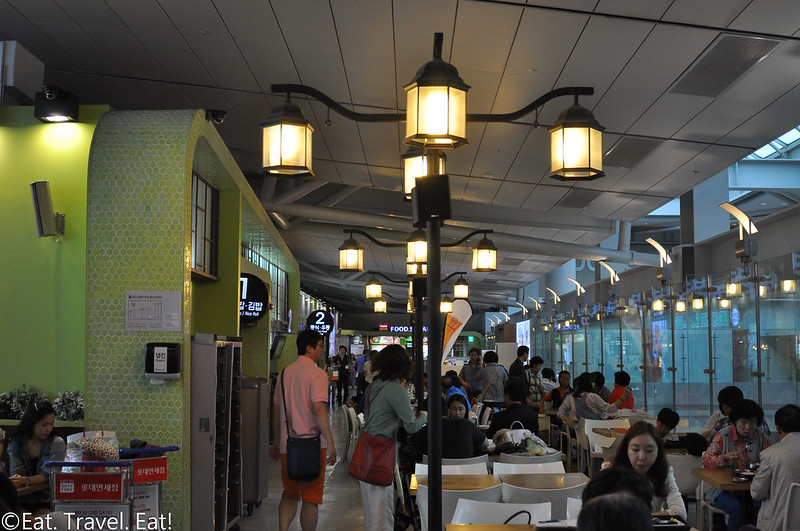
On the upper level, there are two main areas selling food: Food Capital and Food Square, with their own smaller outlets as well. After ordering, I got this nifty remote, which ended up beeping when my food was ready.
Grabbing water and utensils was a personal matter at the food courts. Yet there was a twist: all the cups and utensils were kept sanitized for health reasons, and the water came out from a filtered water machine, with hot and cold options.
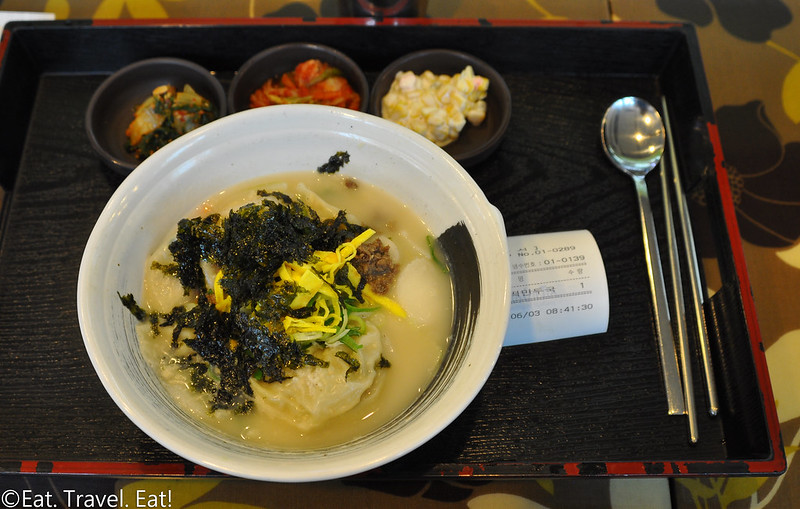
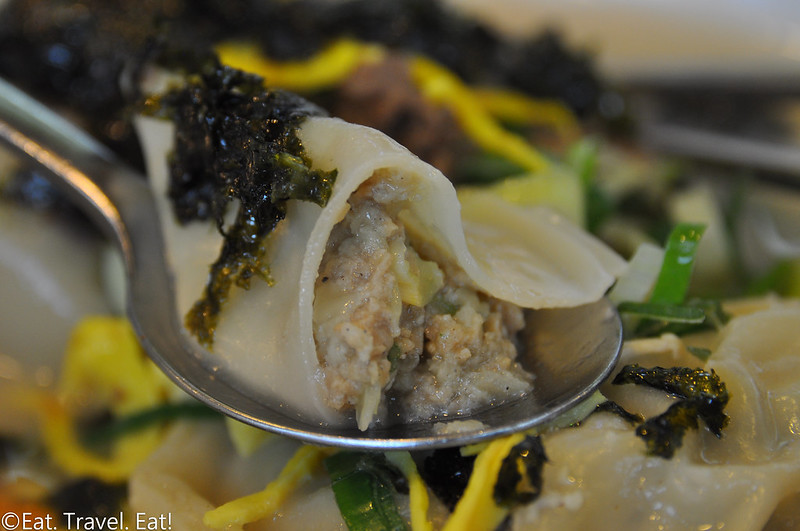
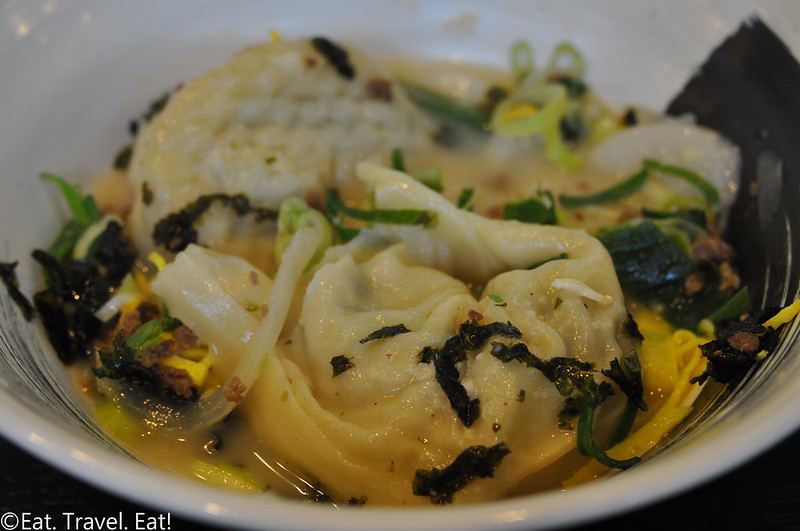
Prior to beginning the trip, I had read about how Seoul Incheon International Airport fuses culture for all passengers through various tours and programs. As I disembarked the plane, this became quickly evident, with large poster boards displaying delicious Korean cuisine and picturesque landscapes.
Walking down the walkway, a transfer sign then directed me to the next step in the transfer process: a quick security screening. Given that the Asiana flight arrived so early in the morning (around 5 AM), there were barely any passengers other than those on my flight, and as I was one of the last to disembark, I barely even had to wait! A looser screening took place-- no need to remove belts and shoes, and no full x-ray scan-- and I was off to explore the airport.
*Note: If you wanted to go on one of the many transfer tours offered by Incheon International Airport, you would not continue onto the transfer section; rather, you would stay on the same level and find the corresponding bus for the tour. I didn't partake on any of the tours as the timing was not ideal for my connecting flight (most of the longer tours occur mid-day/ afternoon), and that it was also raining when I was in Incheon.
(6:00AM! Seven more hours until my next departure!)
My first priority, given the early morning time, was to find a place to freshen up and perhaps relax before exploring the rest of the airport--most, if not all the shops were closed or empty. Up one floor from the regular passenger terminal area is where people can do this: lounges, as well as resting areas, an internet cafe (free computers available for use), showers, and some attractions are located upstairs.
Unfortunately, all the showers were closed as well. I did, however, find plenty of places to sit down and relax (although somewhat dark), as well as the duty free pickup location. Look at all those bags!
One of the arts sections focused on the ten traditional symbols of longevity.
There were plenty of in depth explanations in both Korean and English, and a lot of interesting artifacts to look at!
Another one of these sections was dedicated to Hangeul, the Korean alphabet. Lots of interesting crafts and sculptures were featured here that used the alphabets as components.
After visiting the art areas, I decided to do a little bit of plane spotting and food spotting! The planes were not really in action yet, rather most were just at the gate.
I was surprised that Dunkin Donuts was available in Incheon International Airport, and more over, that they had a replica of the famous, trendy Cronut available for sale. It looked nice, but I didn't order one.
On a currency note: 1000 Won is approximately 1 USD, and you can use that equivalency to pay for items (in US dollars too) at the airport. I didn't know this initially, and ended up using a credit card instead (which brought in some foreign transaction fees, whoops).
At 7:00AM, the Korea Traditional Cultural Experience Center (2 locations inside the passenger terminal) opened up, and thus I went in to peruse the different activities and products available.
The Korean Cultural Heritage Foundation helps "improve the preservation of cultural heritage and cultural diversity through activities including traditional arts performances, exhibitions, cultural product, education and research," and this hands-on fish painting was one of those activities. Parents and kids also came around to paint their own fish painting while I was there.
The fish painting represents "wishes to win the first place in a national examination." The watercolors were fun to use, if slightly tricky, and after I was done, the employee put the fish painting (prepped to be hanged on a wall) into a plastic bag, alongside an instruction/information sheet regarding folk paintings and how to paint these types of paintings. Very nice.
On the other location, another activity was available: ink blotting painting, where one soaks a cloth quickly in some ink, then pounds the cloth onto a piece of paper on top of a wood block pattern. As the cloth hits the paper on top of the raised portions of the wood block (which represent the drawing to be made), the paper slowly absorbs the ink, and with progressive ink blots, one creates their painting.
The Korean Cultural Heritage Foundation helps "improve the preservation of cultural heritage and cultural diversity through activities including traditional arts performances, exhibitions, cultural product, education and research," and this hands-on fish painting was one of those activities. Parents and kids also came around to paint their own fish painting while I was there.
The fish painting represents "wishes to win the first place in a national examination." The watercolors were fun to use, if slightly tricky, and after I was done, the employee put the fish painting (prepped to be hanged on a wall) into a plastic bag, alongside an instruction/information sheet regarding folk paintings and how to paint these types of paintings. Very nice.
On the other location, another activity was available: ink blotting painting, where one soaks a cloth quickly in some ink, then pounds the cloth onto a piece of paper on top of a wood block pattern. As the cloth hits the paper on top of the raised portions of the wood block (which represent the drawing to be made), the paper slowly absorbs the ink, and with progressive ink blots, one creates their painting.
By the time I finished the painting, the airport was now bustling with activity. And now, for some food!
Downstairs, pretty plastic food displays gave a visual representation of some of the many items available for order. Foods ranged from Korean, to Japanese, Chinese, and American cuisine.

On the upper level, there are two main areas selling food: Food Capital and Food Square, with their own smaller outlets as well. After ordering, I got this nifty remote, which ended up beeping when my food was ready.
Grabbing water and utensils was a personal matter at the food courts. Yet there was a twist: all the cups and utensils were kept sanitized for health reasons, and the water came out from a filtered water machine, with hot and cold options.



Craving some rice cakes, I ordered a rice cake and mandu in beef rib soup (10,000 won) which came with two types of kimchi and a corn salad.
This was quite a bowl! There were plenty of pieces of chewy rice cake, smaller mandu pieces, and two giant mandu on the bottom, and it was topped with fragrant seaweed, egg, green onions, and beef. The smaller mandu held more meat and vegetables, while the larger ones were filled with more glass noodles.
Afterwards, I witnessed my next plane for the day, an Asiana Airlines Airbus A330, arrive in preparation for my flight later in the afternoon. The airport was now getting quite busy.
Next, I ventured around some more shops and duty free sections. Incheon had plenty of brand name stores, like Louis Vuitton, and there were plenty of duty free sections focusing on electronics, clothing, beauty products, alcohol, food, and the like. What was more unique were the Cuchen and Cuckoo rice cookers, some of which were priced over 500 USD, and the larger local emphasis on Korean red ginseng, kimchi, and roasted seaweed. Lots of those options were available, and there were staff on hand particularly to sell those products.
A convenient feature of duty free is that prices are all displayed in USD, and thus you can pay directly with USD if you wish!
Afterwards, I watched some of the performers perform at the Korean Traditional Cultural Experience Center for the Traditional Music Performance.
This was quite a bowl! There were plenty of pieces of chewy rice cake, smaller mandu pieces, and two giant mandu on the bottom, and it was topped with fragrant seaweed, egg, green onions, and beef. The smaller mandu held more meat and vegetables, while the larger ones were filled with more glass noodles.
Afterwards, I witnessed my next plane for the day, an Asiana Airlines Airbus A330, arrive in preparation for my flight later in the afternoon. The airport was now getting quite busy.
Next, I ventured around some more shops and duty free sections. Incheon had plenty of brand name stores, like Louis Vuitton, and there were plenty of duty free sections focusing on electronics, clothing, beauty products, alcohol, food, and the like. What was more unique were the Cuchen and Cuckoo rice cookers, some of which were priced over 500 USD, and the larger local emphasis on Korean red ginseng, kimchi, and roasted seaweed. Lots of those options were available, and there were staff on hand particularly to sell those products.
A convenient feature of duty free is that prices are all displayed in USD, and thus you can pay directly with USD if you wish!
Afterwards, I watched some of the performers perform at the Korean Traditional Cultural Experience Center for the Traditional Music Performance.
And prior to going back to the gate for boarding, I bumped into the Walk of the Royal Family. In addition to these elaborate costumes, one of the individuals also pushed a music cart that played traditional Korean music. Quite fun-- like the Traditional Music Performance, lots of people took out their cameras to record what was happening.
Overall, I enjoyed exploring Incheon International Airport! Even with a long layover, there is plenty to do even just inside the airport--from experiencing traditional Korean culture, learning about aspects of Korean life, to duty free, dining, and shopping. Do make sure to try the tours if your transfer time happens to match up well.
For more information, check out Incheon International Airport's website.
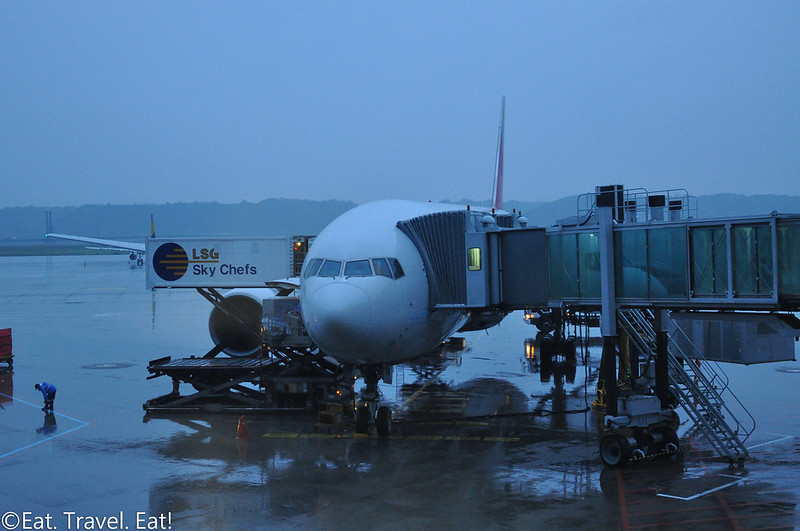
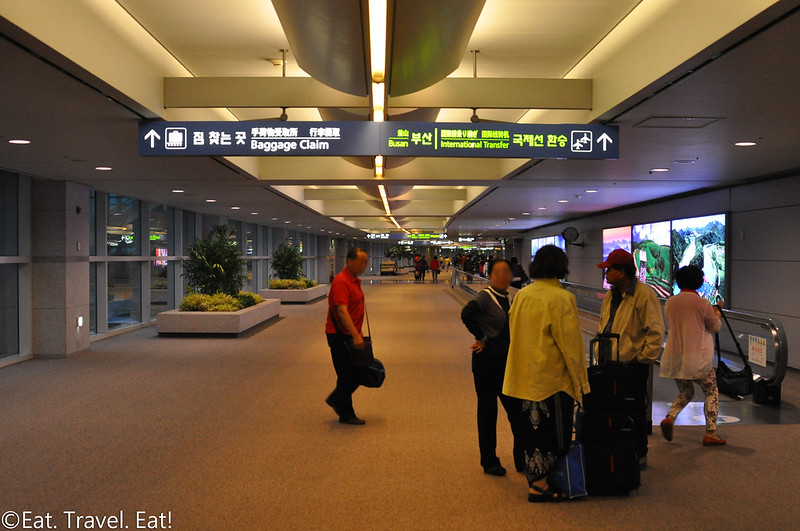
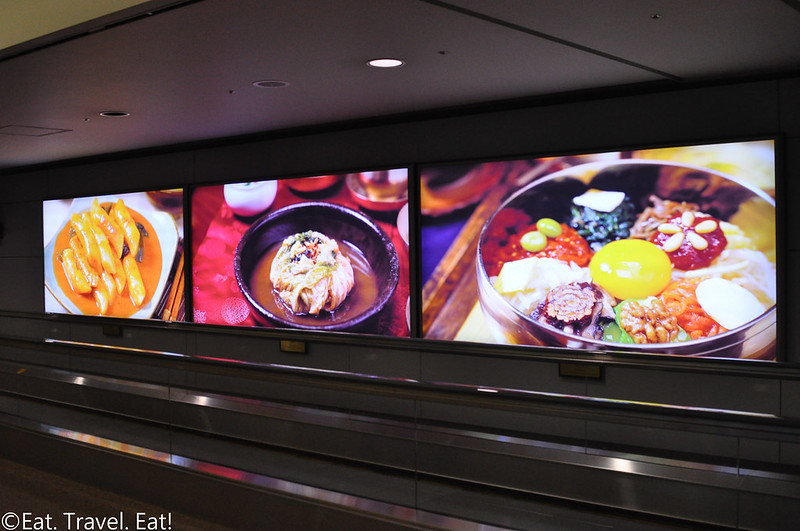


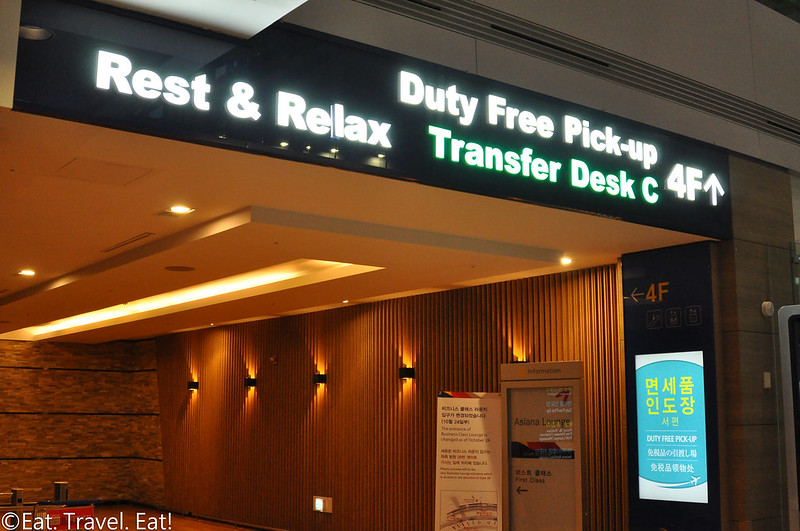
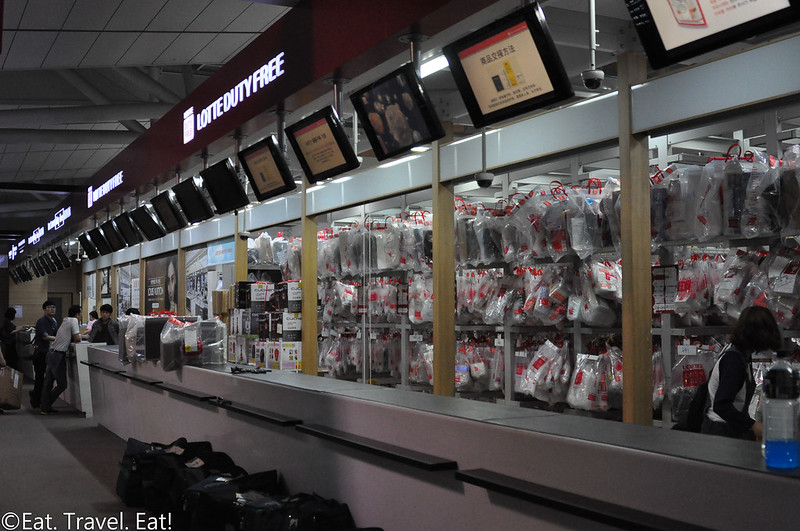

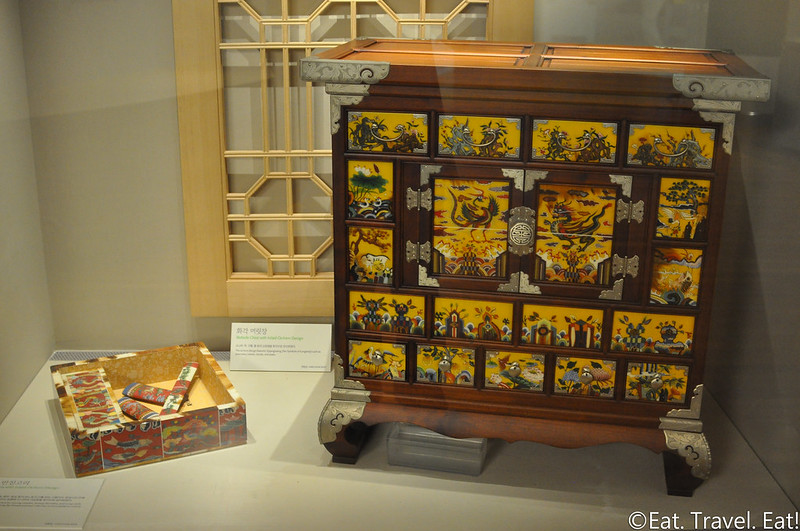

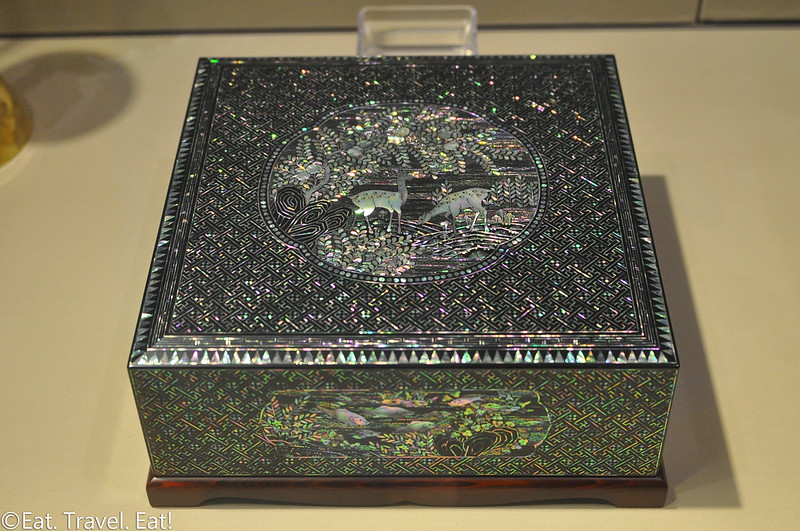
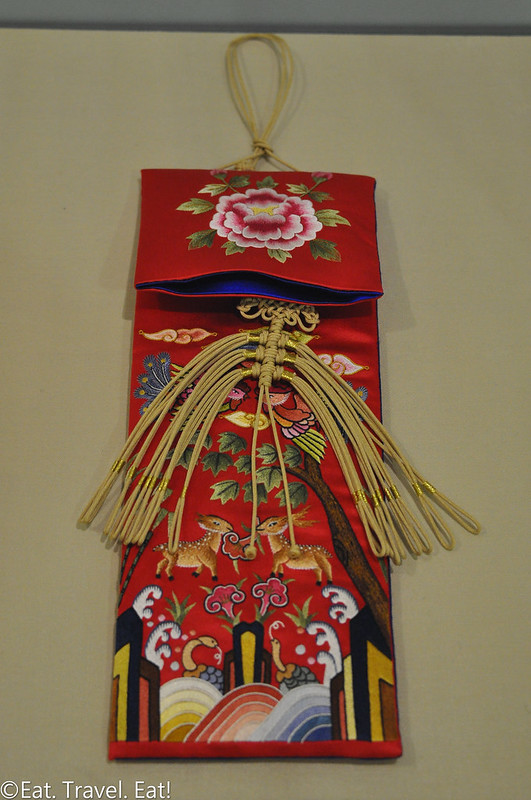
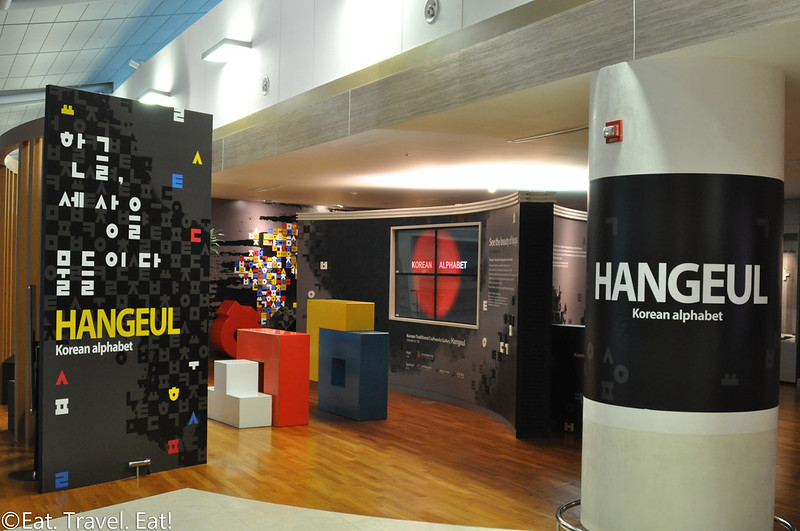
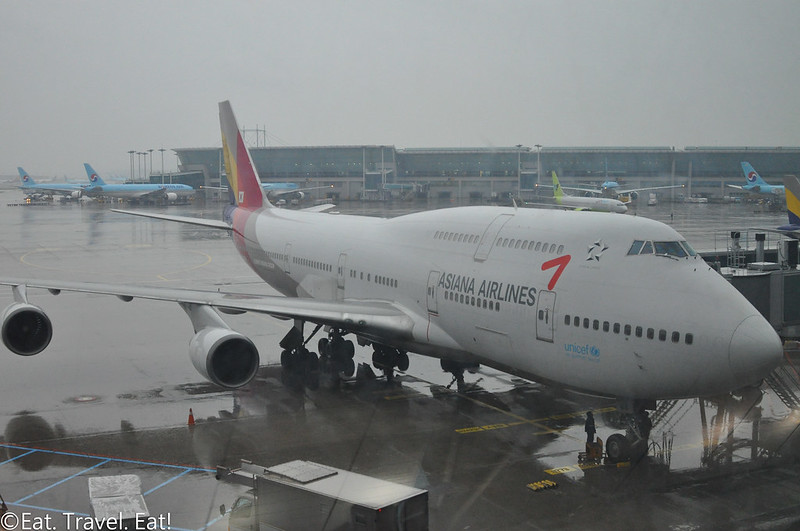

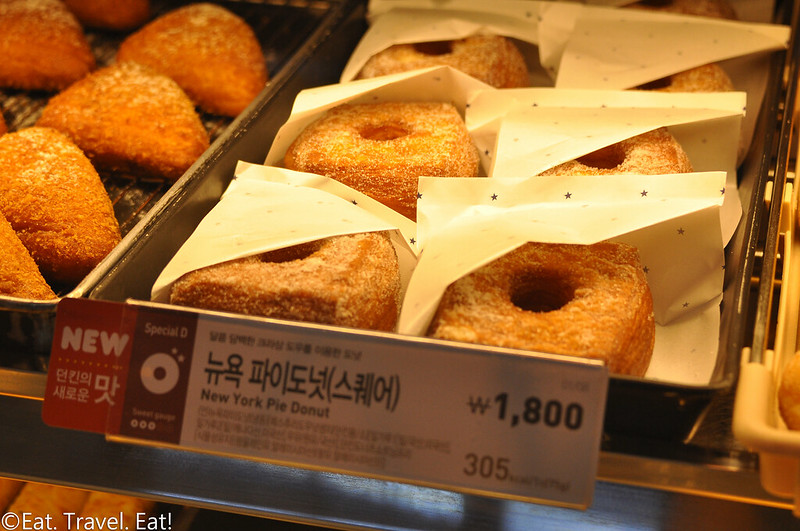

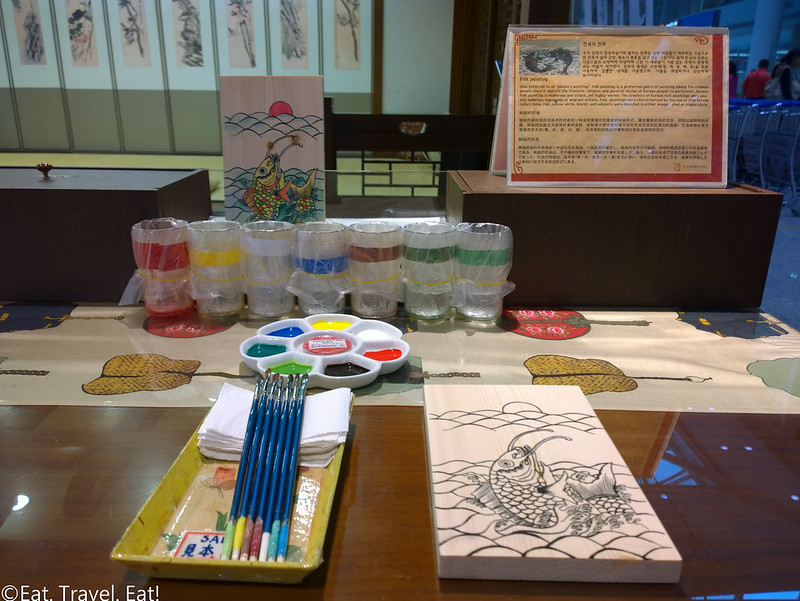
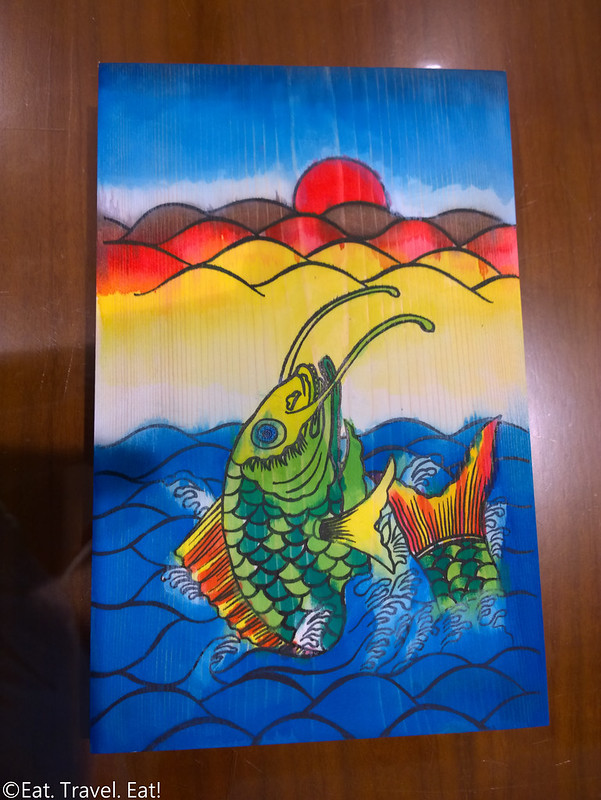

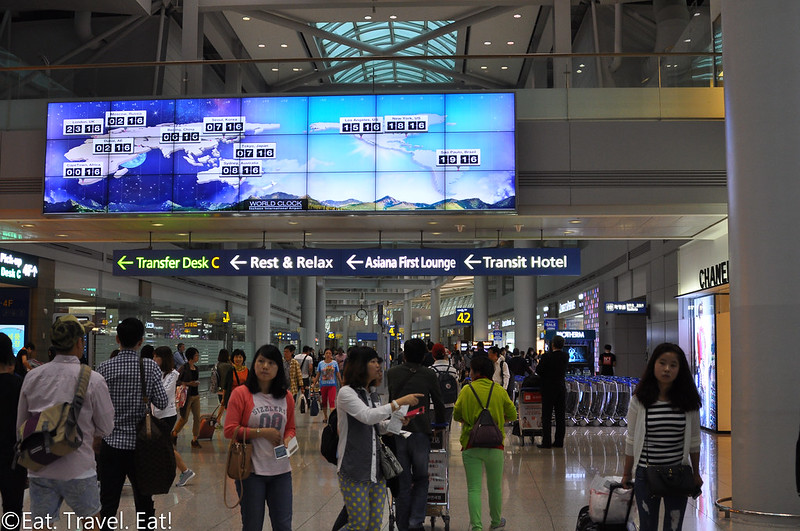
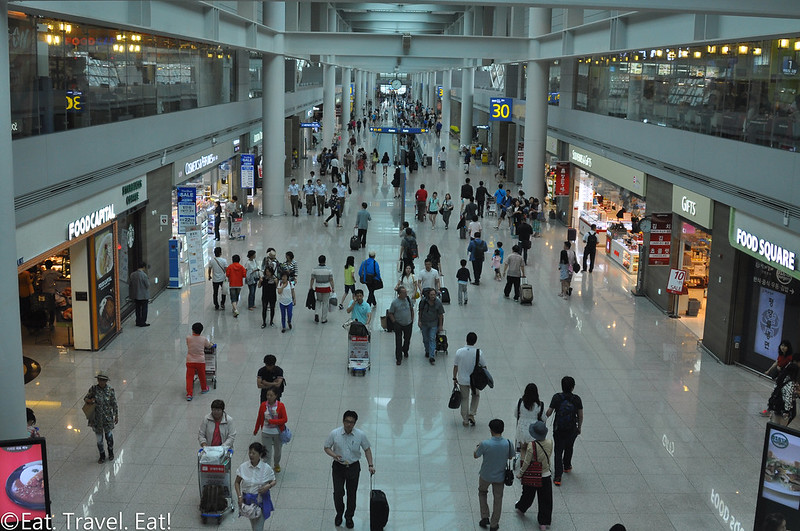

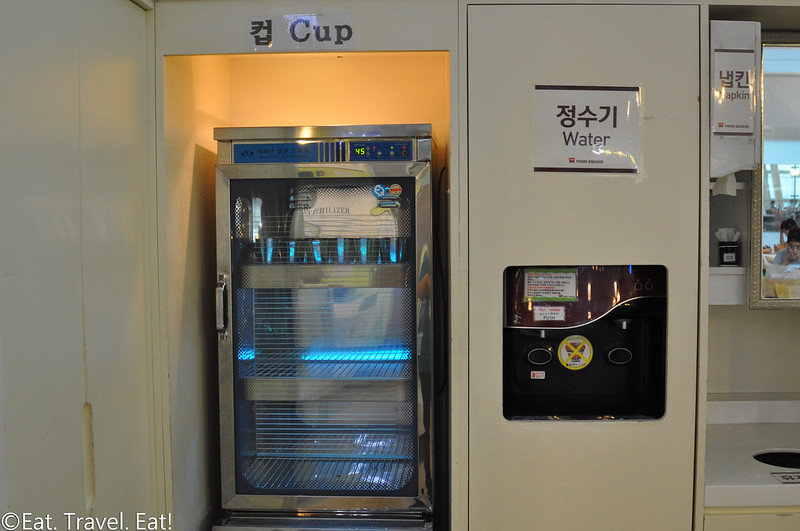
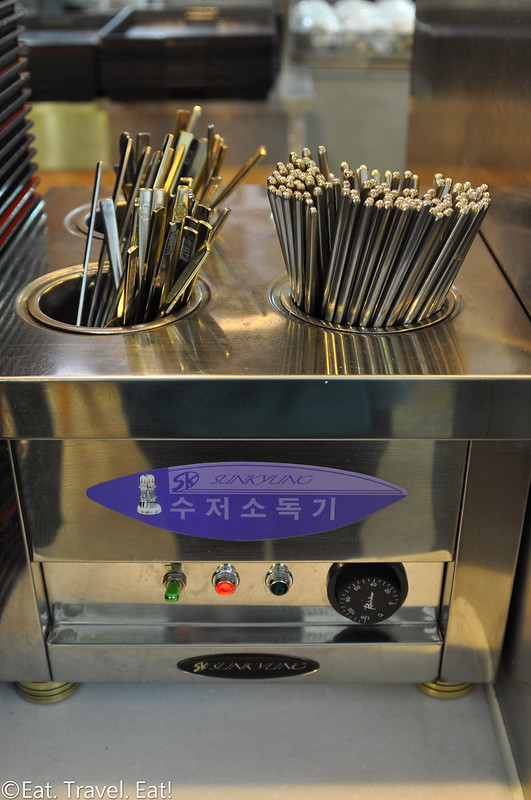
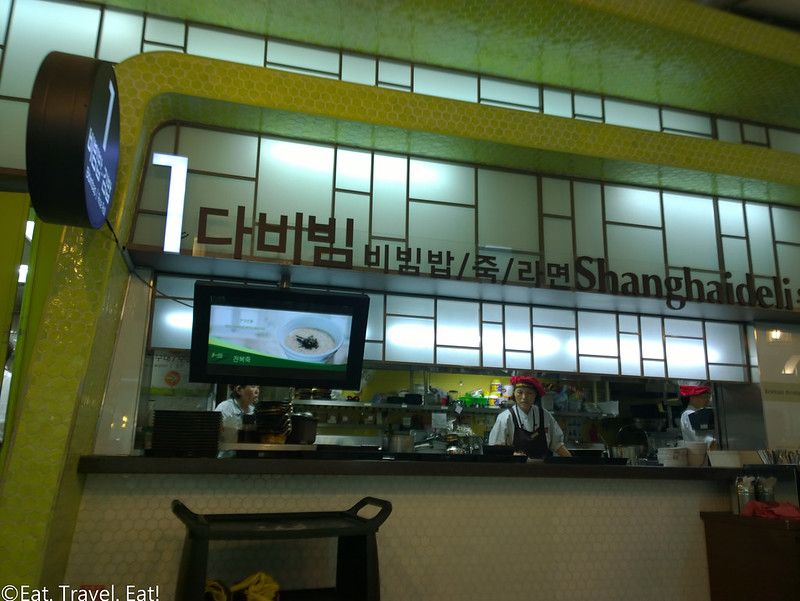
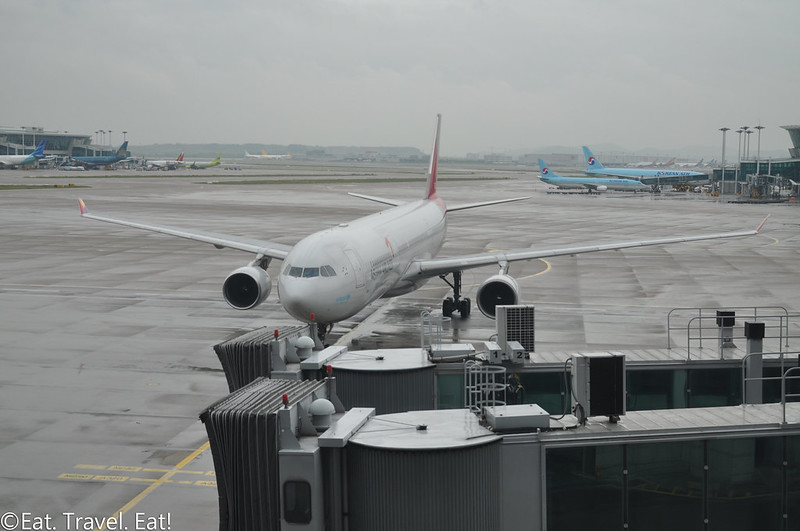
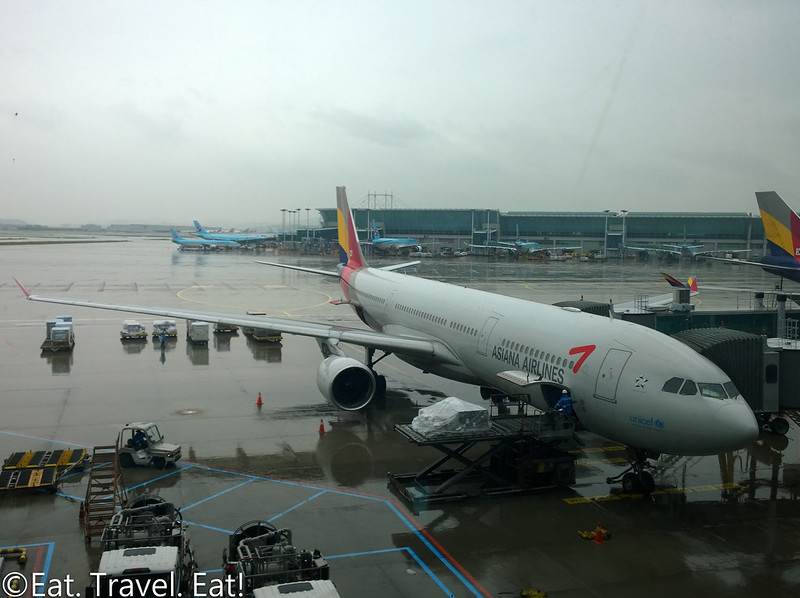
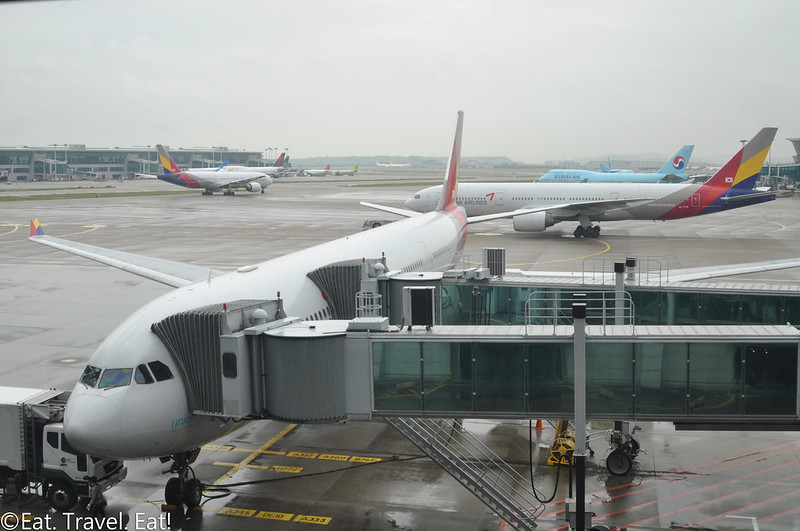
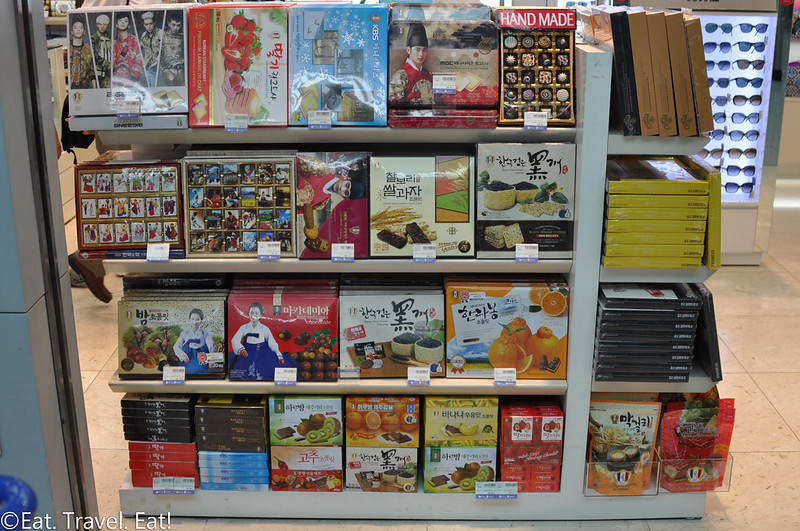
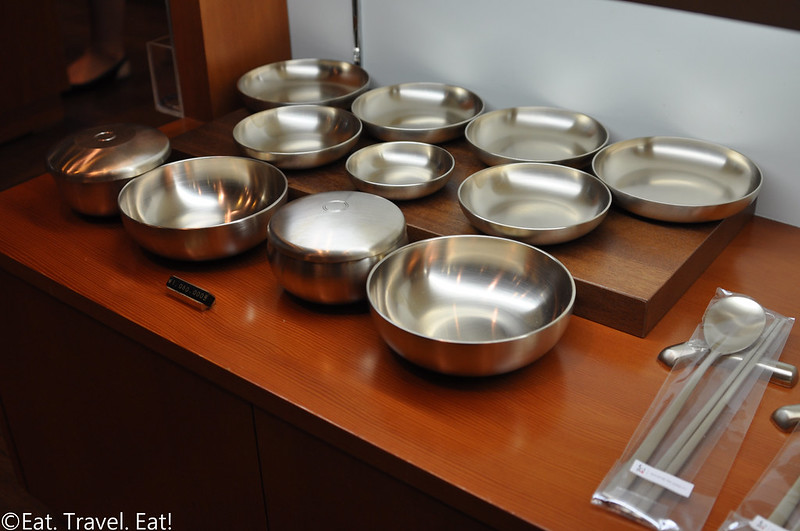


Comments